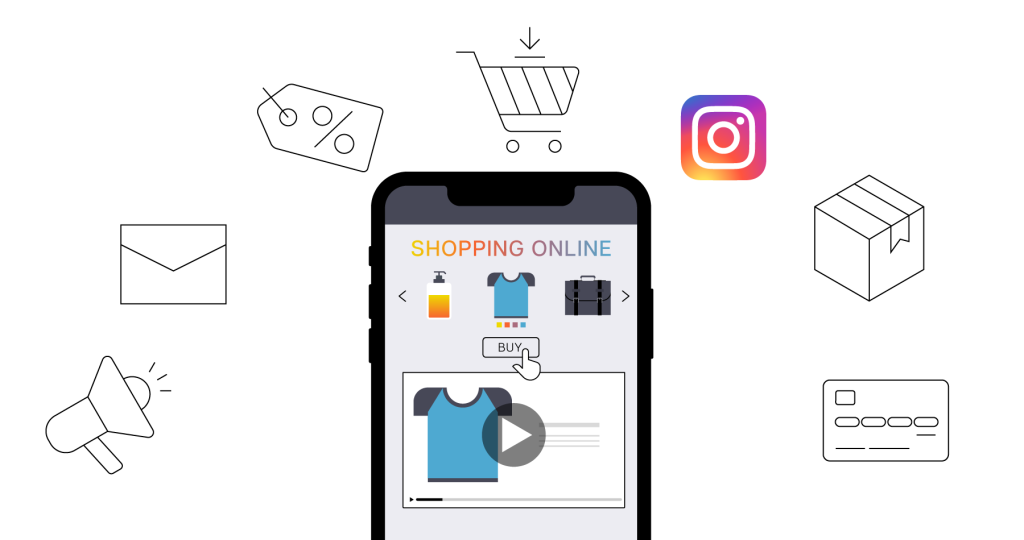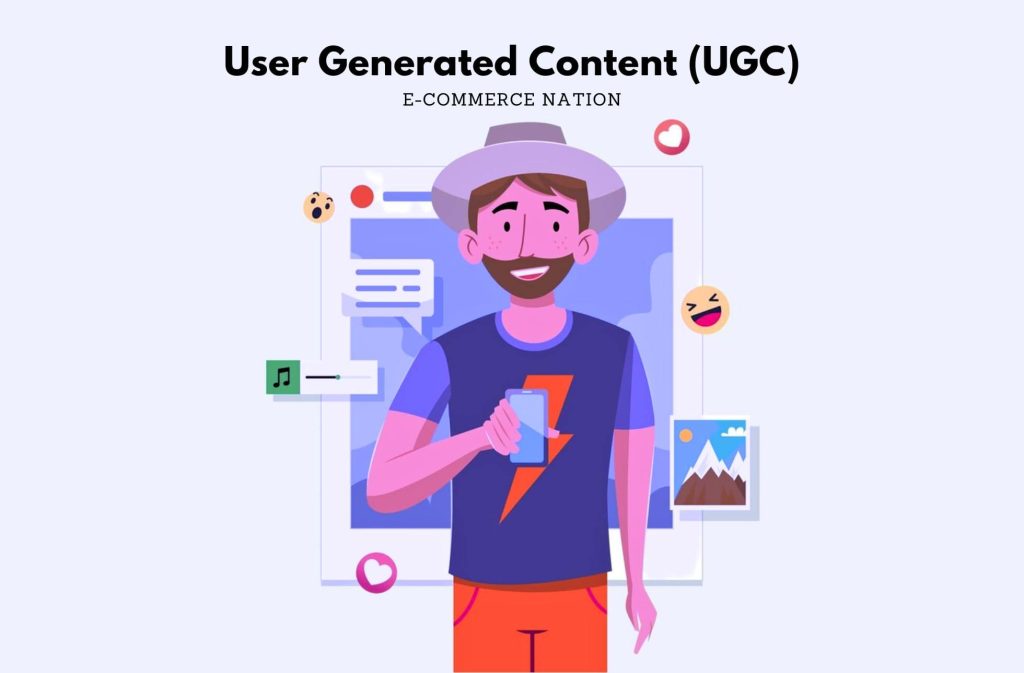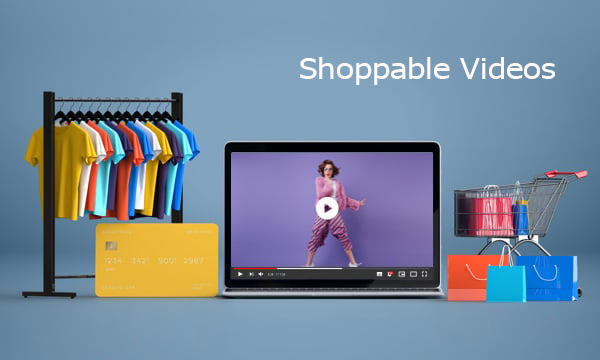In today’s fast-paced digital world, the way we shop online is rapidly evolving. With the growth of technology and the increasing demand for more interactive experiences, video commerce has emerged as a game-changer in the eCommerce space. But what exactly is video commerce, and why is it shaping the future of online shopping?
Video commerce is reshaping how businesses connect with consumers, offering a dynamic blend of video content and shopping functionality. Unlike traditional e-commerce, which relies heavily on static images and text, video commerce integrates live or pre-recorded video to showcase products, creating a more immersive shopping experience. It brings the feel of in-store shopping into the digital space, allowing customers to see products in action and make purchases directly within the video.
What is Video Commerce?
Simply put, video commerce (or v-commerce) is the integration of video content with online shopping, allowing consumers to interact with products via videos while making purchasing decisions. It combines the best of both worlds: the rich, engaging video experience and the convenience of online shopping. Whether it’s live streaming, pre-recorded demonstrations, or shoppable video ads, video commerce offers a new way for brands to connect with their audience and showcase their products in a more immersive and personalised way.
This approach is incredibly effective for businesses looking to boost engagement, increase conversion rates, and create a more personalized connection with their audience. By incorporating storytelling and demonstrations, brands can build trust and communicate product value in a way that photos or descriptions simply can’t. Additionally, live video commerce, such as live-streamed shopping events, offers real-time interactions where businesses can answer questions, showcase products, and provide exclusive deals to viewers, making the experience both engaging and timely.
The Rise of Video Commerce
The rise of video commerce is unsurprising when you consider the increasing reliance on digital media for shopping and entertainment. Consumers today prefer content that is visual, interactive, and easily digestible. Video, in particular, offers a more dynamic way to engage with customers compared to traditional images or text descriptions. It gives buyers a closer look at products, making the experience more authentic and relatable.
Many businesses have realized that video can bridge the gap between the in-store and online shopping experience. Instead of static product photos and descriptions, customers can now see how an item works, fits, or looks in real time. For example, beauty brands have embraced video commerce by featuring makeup tutorials that allow viewers to purchase the products being demonstrated directly through the video. This makes the shopping journey seamless and highly engaging.
How Video Commerce Works
At the core of video commerce is the integration of clickable or shoppable elements within video content. Whether a company is hosting a live shopping event or producing product videos for its online store, the goal is to guide viewers through an engaging experience that leads to purchase.
Imagine watching a live stream of a fitness brand showing how their workout gear performs during a rigorous session. With video commerce, you can click on the gear you like and purchase it right away, without leaving the video. It’s all about simplifying the shopping process, creating a smooth, uninterrupted flow from viewing to buying.
Live video shopping events are a popular form of video commerce, where brands host live streams on social media platforms like Instagram, Facebook, or YouTube. These events allow viewers to engage in real-time, ask questions about products, and make purchases directly during the live broadcast. This creates a sense of urgency, with customers feeling they need to act fast to secure a deal. Pre-recorded shoppable videos work similarly but are less time-sensitive, allowing consumers to watch and buy at their own convenience.
Benefits of Video Commerce for Businesses and Consumers
One of the key benefits of video commerce is the personalized shopping experience it offers. Unlike static product descriptions or images, video allows businesses to connect with their audience on a deeper level. It lets brands showcase their personality, values, and story, which can be more relatable for consumers.
For businesses, video commerce provides an opportunity to demonstrate products in real-world scenarios, giving customers a clearer idea of how the products function and what to expect. This reduces return rates, as customers are less likely to buy something that doesn’t meet their expectations when they’ve already seen it in action.
Consumers, on the other hand, benefit from the convenience and clarity that video shopping offers. Instead of scrolling through endless product images and reading lengthy reviews, they can see how a product works in real time, which can lead to faster and more confident purchasing decisions. Video commerce also opens up a more interactive shopping experience, where consumers can engage with brands and ask questions through live chats during streams.
Why Video Commerce is the Future of eCommerce
The future of online shopping is driven by consumer demand for more interactive, engaging experiences. Video commerce satisfies this need by making online shopping more visual, dynamic, and social. As eCommerce continues to grow, brands that incorporate video content into their marketing and sales strategies are likely to stand out from the competition.
Social media platforms have also recognized the power of video commerce and are rapidly integrating shoppable video features. Instagram’s shoppable posts and stories, TikTok’s collaboration with brands for in-app purchases, and YouTube’s live shopping events are prime examples of how social media and video commerce go hand-in-hand. These platforms make it easy for consumers to shop directly from videos without leaving the app, offering an instant and engaging shopping experience.
Challenges in Video Commerce
While video commerce has many advantages, it also comes with its challenges. For one, producing high-quality video content requires significant time, effort, and resources. Businesses need to invest in video production, talent, and technology to create engaging videos that not only showcase their products but also resonate with their target audience.
Additionally, ensuring a seamless, glitch-free experience for consumers during live video shopping events can be tricky. The technology supporting video commerce needs to be robust enough to handle large-scale events without buffering issues or lags, which could frustrate potential buyers.
Another challenge is that while video commerce is highly interactive, it may not appeal to all consumer segments. Some shoppers may prefer the simplicity of browsing through images and product descriptions rather than watching a video. Brands need to carefully consider their audience and strike a balance between video content and traditional product listings.
How to Succeed in Video Commerce
For brands looking to tap into the power of video commerce, there are a few key strategies to keep in mind. First, focus on authenticity. Video commerce works best when the content feels genuine and relatable. Whether it’s a live stream or a pre-recorded video, customers want to see real people using real products in real situations.
Second, engagement is crucial. Interactive features such as live chats, Q&A sessions, and polls during live streams can make the shopping experience more immersive. Consumers are more likely to stay engaged and make purchases when they feel involved in the process.
Third, quality matters. High-quality videos that are well-produced, clear, and informative can make a big difference in how consumers perceive your brand. Investing in professional video production, even for simple product demonstrations, can pay off in terms of sales and customer satisfaction.
Finally, brands should consider collaborating with influencers and creators. Partnering with influencers who have a strong social media presence can help amplify your video commerce efforts. Influencers can bring credibility to your products and engage with their audiences more organically, leading to higher engagement and conversions.
Conclusion
Whether you’re a business owner looking to innovate or a consumer wanting a more dynamic way to shop, video commerce offers a glimpse into the future of retail; one where video takes center stage and shopping becomes more than just a transaction; it becomes an experience.
Also, check out;






